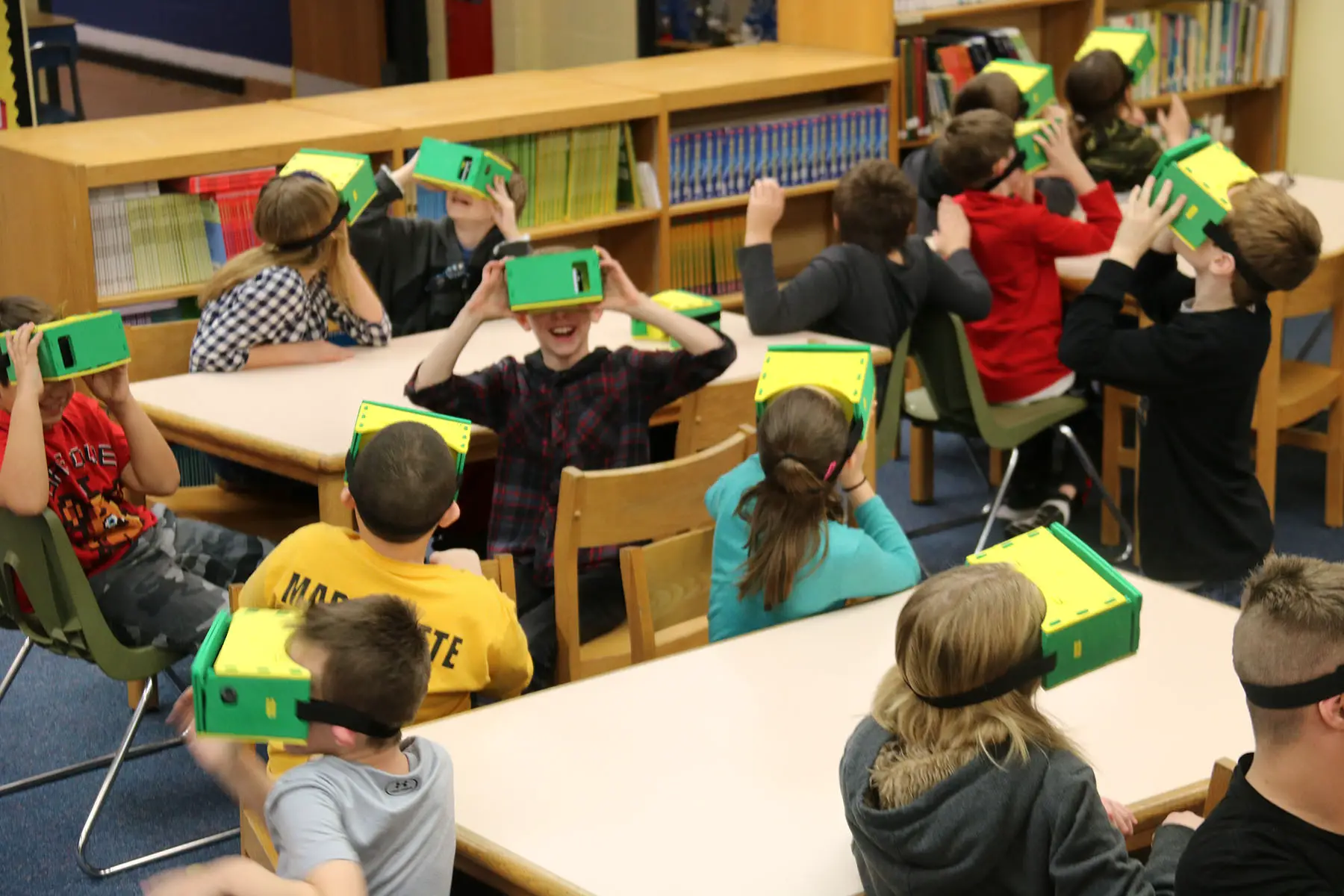Virtual Field Trips are a wonderful asset to have in the
classroom. Students and teachers are able to travel the world from the inside
of the classroom walls. Students are completely engaged when involved in
virtual field trips. Going on virtual field trips allows for students to visit
places that they may not be able to otherwise. There are many virtual field
trips that can be found on Google with lessons that are attached to them. A
variety of virtual field trips have standards that are aligned to them, which
is a bonus for teachers. Most of them can be found online for free. A benefit
of going on a virtual field trip is that students can complete them at their
own pace. They are a safe alternative to going on an actual field trip.
Students can experience many different cultures when involved with virtual
field trips, which allows them to see the world in a different light. They do
not replace a real life field trip, because the students would not be able to
use their senses to fully experience the place. However, they have been proven
to improve student learning and understanding. Many students tend to talk and
worry about what their friends are doing when they are on an actual field trip,
so going on a virtual one allows for them to really see the content side of
things. Virtual field trips can also be used for social/emotional development,
because students can see things from a different perspective. Students can
visit places that historic people lived in/what they experienced which will
help them to see things from that persons point of view. ClassFlow is a website
that can be used to create a virtual field trip for students to experience. Skype
is another great way for students to go on a virtual field trip. Students can
talk to someone through Skype and see what they see from anywhere around the
world. Google Sites has over 100 virtual field trips that can be used in the
classroom, including national parks that students can visit. I will definitely
use virtual field trips in my classroom one day to enhance student learning.


No comments:
Post a Comment